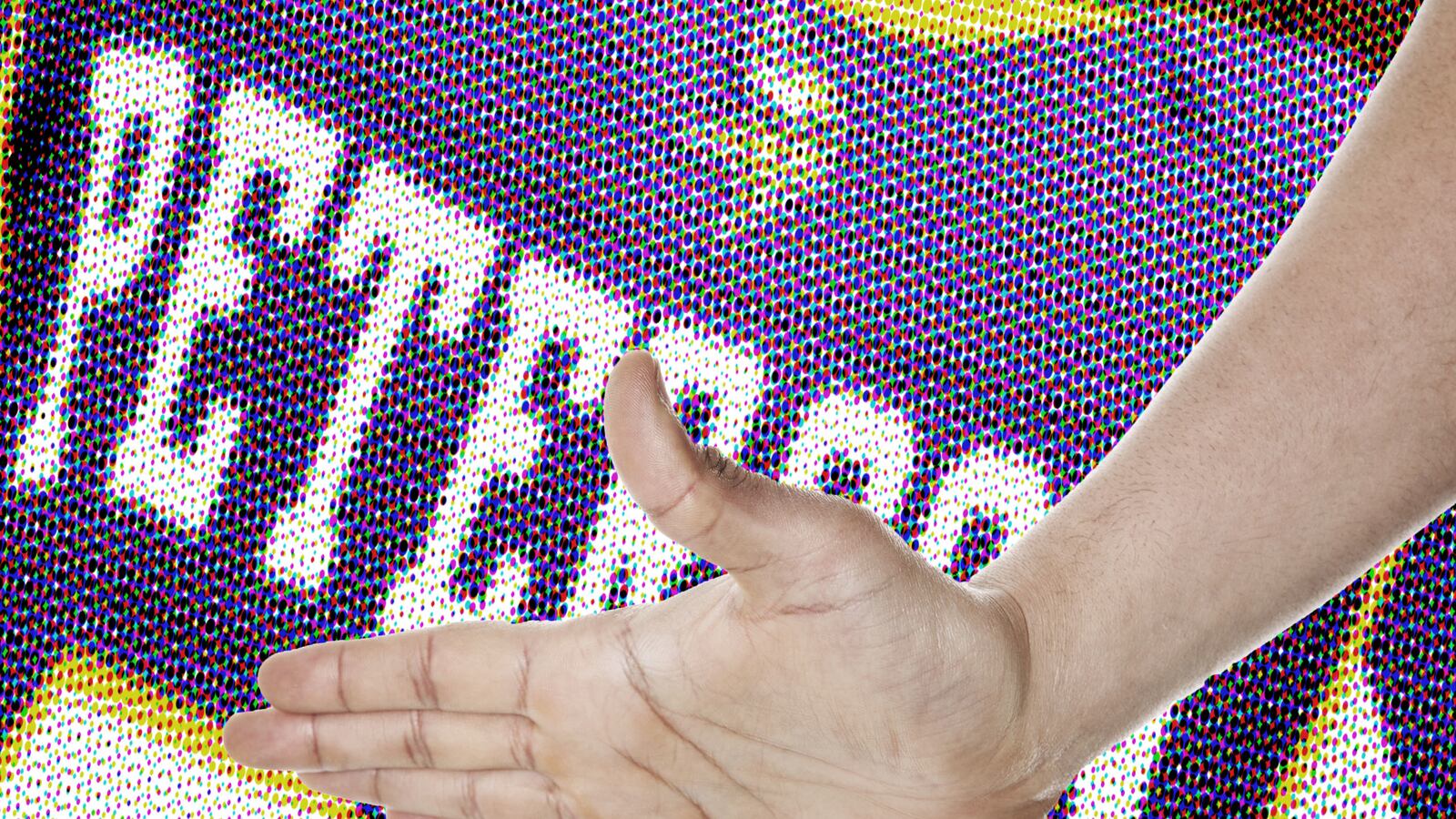I grew up in a Florida suburb, the youngest of four children raised by two loving, God-fearing, middle-class parents. When we misbehaved, they, guided by the Bible’s teachings and their own deeply Southern rearing, spanked us. And, as spanking proponents like to say, I turned out OK.
Just a few months ago my 3-year-old son, mid-tantrum, broke my grasp to run from me in a crowded subway station. When I caught up with my child after a terrifying chase, I turned him around and slapped his bottom, under the intense gaze of a throng of both disapproving and supportive straphangers. My son is OK.
But this week comes news that Minnesota Vikings running back Adrian Peterson used a switch to spank his 4-year-old son with such force that it left the child’s body broken. The beating caused bruises and opened wounds on the boy’s tiny legs, back, buttocks and scrotum. His hands showed the marks from trying to defend himself from his 6'1″, 217-pound father.
Now the mother of another son of Peterson’s is alleging more abuse. The professional athlete denies that he hit the second boy, but his excuse for the original complaint—for which he was indicted last week—shows that this type of corporal punishment is his preferred method of discipline.
Through his lawyer and later in a statement on Twitter, Peterson explained, “Adrian is a loving father who used his judgment as a parent to discipline his son. He used the same kind of discipline with his child that he experienced as a child growing up in east Texas.”
With that statement—one that I gave practically verbatim to my husband on the night I spanked my son—Peterson and I have landed in the same circle of the “Is it OK to hit your kids?” Venn diagram. And I want out.
The line that separates acceptable and criminal corporal punishment is hazy at best, moving back and forth on the pain and place spectrum as one walks between state lines and in and out of institutions. If Peterson is sincere, that he really didn’t know he would hurt his son, his case makes it clear that the consequence is too great for parents who don’t know where this line is drawn.
Just look around the country to the children of non-famous folks suffering similar punishments. Five children murdered by their father in Mississippi might still be alive today if the bruises and belt beatings had been enough for the social services officials to remove the children during a dozen visits to the home.
A 7-year-old Las Vegas boy might be sitting in a third-grade classroom had he not been beaten to death by his stepfather. “RJ” Arrington’s mother, Dina Palmer, told police she was trying to raise the boy “so he wouldn’t become a problem for society,” and said she would spank him with belts, paintbrushes, and shoes. RJ’s fatal blow was delivered because he lied about reading a Bible verse.
These are not rare cases. Someone with a stronger stomach could spend a day reading similar stories of broken children, from September alone. But if every reasonable parent—the ones that strike their children with an open hand with the intention of modifying behavior—stopped spanking, we could take away a powerful shield that real child abusers hide behind.
What are we holding on to an outdated practice for anyway?
It’s ineffective. A veritable mountain of research shows that hitting a child not only doesn’t make him suddenly do what you want, it often makes him poorer, angrier, sadder, dumber, more violent, and more likely to suffer from mental illness and be incarcerated than his non-struck counterparts. Moreover, corporal punishment has the undesirable quality that the more you use it, the less effective it becomes. The American Academy of Pediatrics has decried it for decades.
People are catching on. Though a majority of parents do still spank—up to 90 percent, according to polls—support for the practice has shifted and continues to shift downward. The number of people who disagree with the statement that “it is sometimes necessary to discipline a child with a good, hard spanking” has doubled to 31 percent since the General Social Survey (GSS) (PDF) began asking the question in 1986.
ESPN analyst Cris Carter tackled the “this is how I was raised” argument, on NFL Countdown. “My mom did the best job she could do raising seven kids by herself, but there are thousands of things that I have learned since then that my mom was wrong,” he said.
He’s right. Just because we’ve subjected children to something terrible for a long time, doesn’t mean we should continue to do so. We don’t do a lot of things we used to do. Children as young as 5 used to work full time in mines and glass factories before Theodore Roosevelt made the welfare of children a national interest, and called for the arousal of public sentiment, with its “great corrective power” to change the conditions for the smallest among us.
In the run-up to the passage of the landmark 1974 Child Abuse Protection and Treatment Act, one psychiatrist quoted in The Washington Post mused about the similarities between abuse and plain old parenting. “The amount of yelling, scolding, slapping, punching, hitting and yanking acted out by parents on very small children is almost shocking,” he said. “Hence we have felt that in dealing with the abused child we are not observing an isolated, unique phenomenon, but only the extreme form of what we would call a pattern or style of child rearing quite prevalent in our culture.”
It was as true then as it is now. Those of us on the moderate side of the spanking scale can do better. We can stop.






